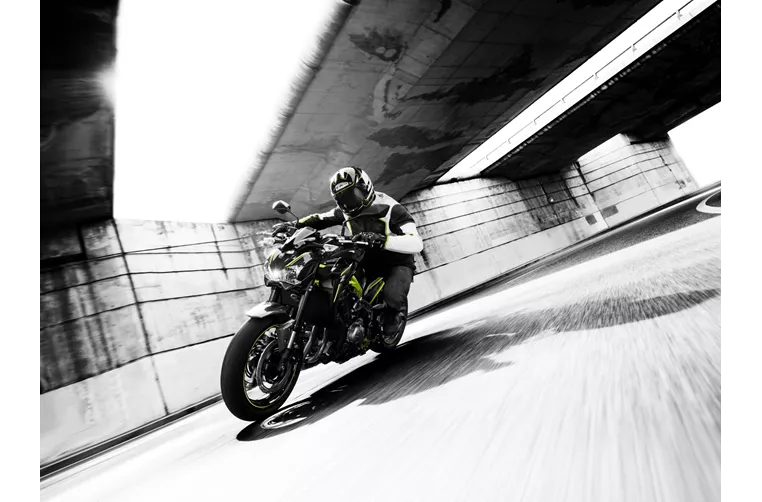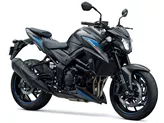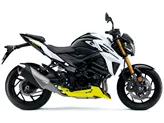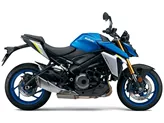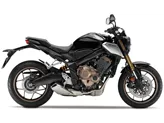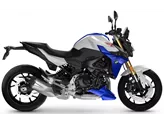Kawasaki Z900 2018 vs. Suzuki GSX-S750 2017

Kawasaki Z900 2018

Suzuki GSX-S750 2017
Overview - Kawasaki Z900 2018 vs Suzuki GSX-S750 2017
The Kawasaki Z900 2018 and the Suzuki GSX-S750 2017 are both naked bikes with similar engine types, inline four-cylinder engines. However, there are several differences between the two models.
In terms of engine power, the Kawasaki Z900 2018 is more powerful with 125.4 HP compared to the Suzuki GSX-S750 2017 which has 114 HP. The Z900 also has higher torque at 98.6 Nm compared to the GSX-S750's 81 Nm. This means that the Z900 will offer more acceleration and power on the road.
Both bikes have fuel injection systems and liquid cooling, ensuring efficient fuel delivery and optimal engine temperature. The Z900 has a larger displacement at 948ccm compared to the GSX-S750's 749ccm, which contributes to its higher power output.
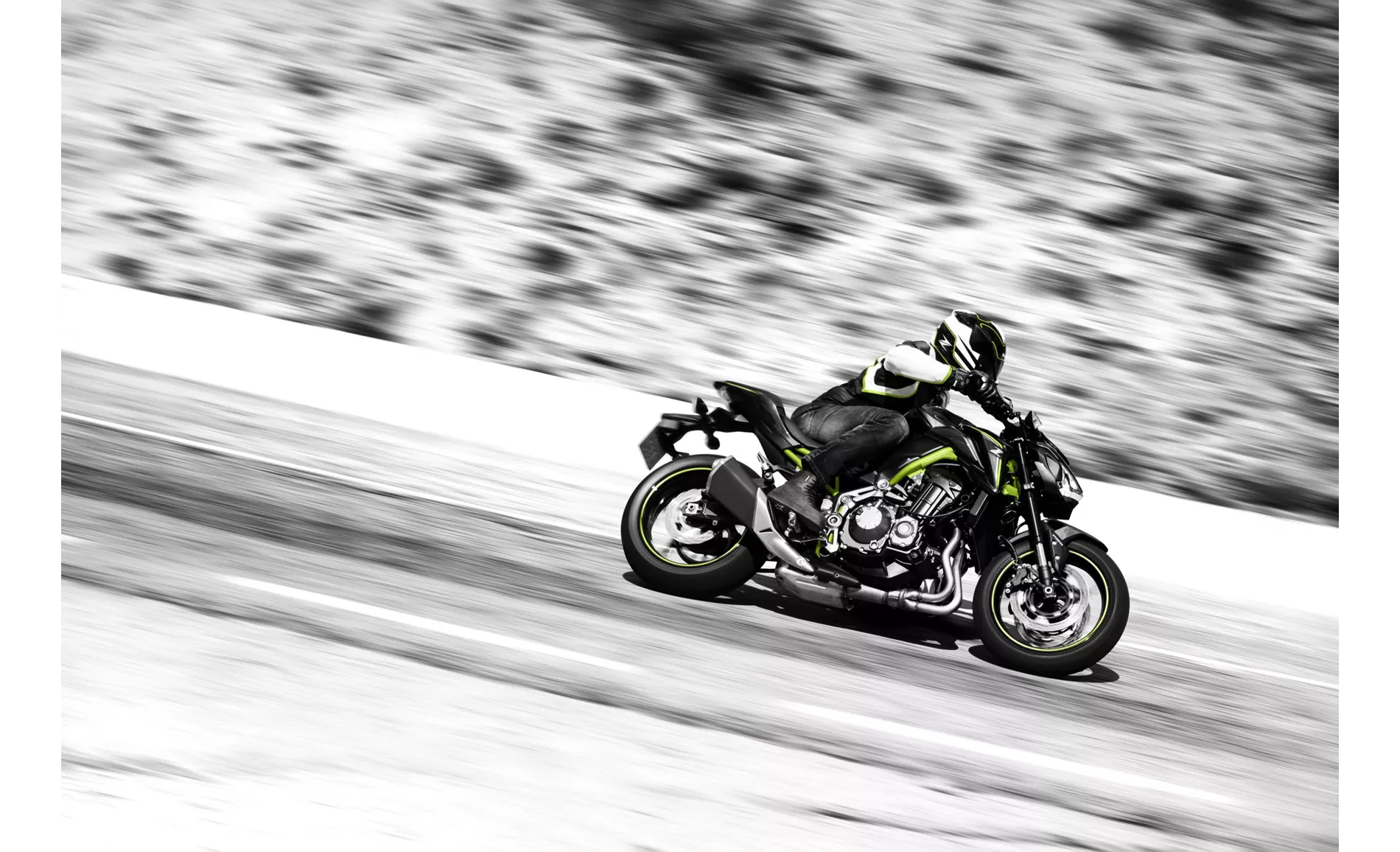
Kawasaki Z900 2018
In terms of suspension, both bikes feature upside-down telescopic forks at the front and swing arm suspension at the rear. The Z900 has a monoshock rear suspension with preload and rebound adjustment, while the GSX-S750 only has preload adjustment. The Z900 also has an aluminum rear suspension, which may offer better performance and weight reduction compared to the steel rear suspension of the GSX-S750.
In terms of chassis, the Z900 has a steel double cradle frame, while the GSX-S750 has an aluminum twin tube frame. Both frames offer stability and rigidity, but the choice between steel and aluminum may impact the overall weight and handling characteristics of the bikes.
Both bikes have double disk brakes at the front, but there are some differences in the specifications. The Z900 has four-piston calipers and 300mm diameter disks, while the GSX-S750 has double-piston calipers and slightly larger 310mm diameter disks. Both bikes are equipped with ABS for advanced rider assistance.
In terms of dimensions and weights, both bikes have the same front and rear tire width and diameter. The Z900 has a slightly shorter wheelbase at 1450mm compared to the GSX-S750's 1455mm. The seat height of the Z900 is lower at 795mm compared to the GSX-S750's 820mm, which may make it more accessible for shorter riders.

Suzuki GSX-S750 2017
In terms of strengths, the Z900 has a powerful and smooth engine, great sound, and a sharp, sporty look. It also has a low seating position, making it easy to handle and maneuver. On the other hand, the GSX-S750 has a strong character engine derived from the GSX-R 750, powerful and well-controlled brakes, and a harmonious design. It also offers a great lean angle clearance and an affordable price.
In terms of weaknesses, the Z900 lacks traction control, which may be a disadvantage for riders looking for advanced safety features. Additionally, the knee angle on the Z900 may be strenuous for tall riders during long rides. The GSX-S750 also has an acute knee angle and a tachometer that may be difficult to read.
In conclusion, the Kawasaki Z900 2018 and the Suzuki GSX-S750 2017 are both powerful naked bikes with their own strengths and weaknesses. The Z900 offers a more powerful engine and a lower seating position, while the GSX-S750 has a strong character engine and an affordable price. Riders should consider their priorities and preferences when choosing between these two models.
Technical Specifications Kawasaki Z900 2018 compared to Suzuki GSX-S750 2017
Pros and Cons in comparison
Pros and Cons in comparison
Kawasaki Z900 2018
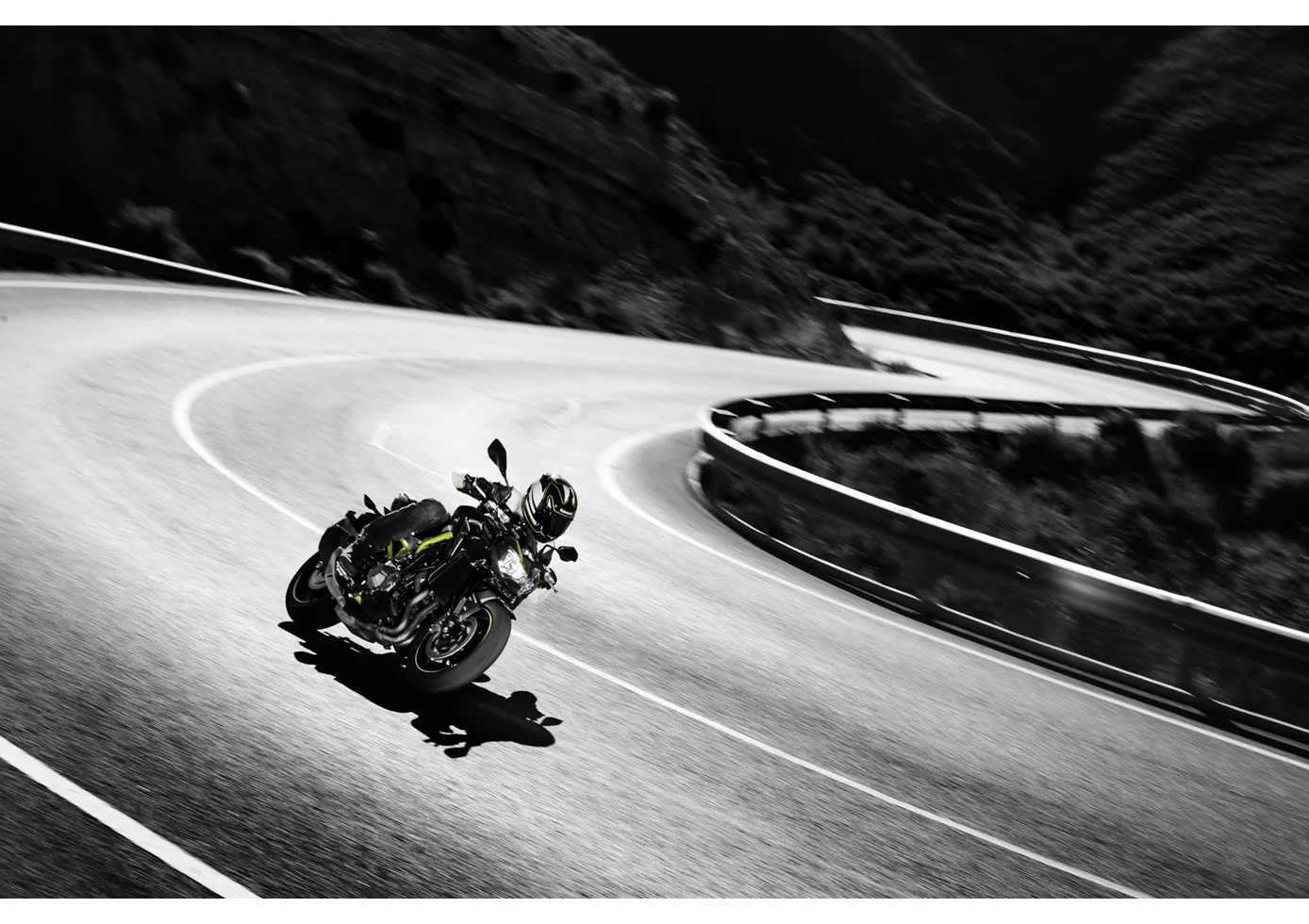
In the hotly contested naked bike segment, the Z900 plays right at the front. Above all, its engine is absolutely terrific, runs incredibly silky and offers rich power in all rev regions - as befits a Japanese four-cylinder. Its sporty, aggressive appearance matches this. It does without electronic bells and whistles, but still conveys a lot of confidence when chasing corners, braking and accelerating out of them. The low seat is especially beneficial for smaller riders, but taller riders might miss a flatter knee angle on long distances. The low weight and compactness make the Z900 particularly agile and easy to handle. A sporting cannon that is also extremely appealing in terms of price
Suzuki GSX-S750 2017

More power, more performance, more sound. Suzuki also proves all the pessimists regarding the EURO4 standard wrong and delivers the GSX-S 750, a successor to the GSR 750 that has been further developed in every respect and can be a bit more serious, but doesn't have to be. To ensure that aha moments don't become oje moments, ABS and a three-stage traction control that can be switched off provide a safety cushion. With S21 tyres from Bridgestone, the GSX-S is super-sporty, allowing you to take advantage of the generous lean angle clearance. Only the acute knee angle could be a disadvantage on longer tours.
Price Comparison Avarage Market Price Kawasaki Z900 vs Suzuki GSX-S750
There are a few key differences between a Kawasaki Z900 2018 and a Suzuki GSX-S750 2017. In terms of price, the actual average price of a Kawasaki Z900 2018 is about 20% higher. Compared to Suzuki GSX-S750 2017 there are more Kawasaki Z900 2018 bikes available on the 1000PS.de Marketplace, specifically 55 compared to 14. It takes less time to sell a Suzuki GSX-S750 with 84 days compared to 112 days for the Kawasaki Z900. Since model year 2017 1000PS.de editors have written 46 reviews for the Kawasaki Z900 and 14 reviews for the Suzuki GSX-S750 since model year 2017. The first review for the Kawasaki Z900 was published on 11/11/2016 and now has more than 93,200 views. This compares to more than 50,800 views for the first review on Suzuki GSX-S750 published on 04/10/2016.
